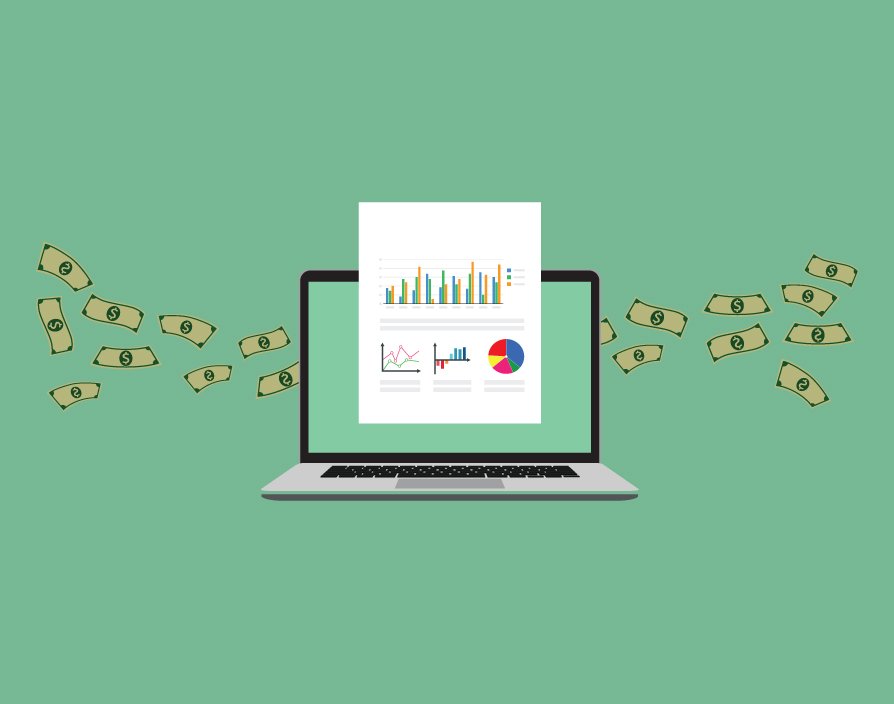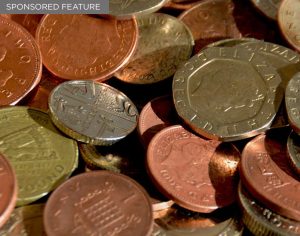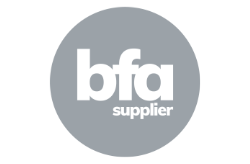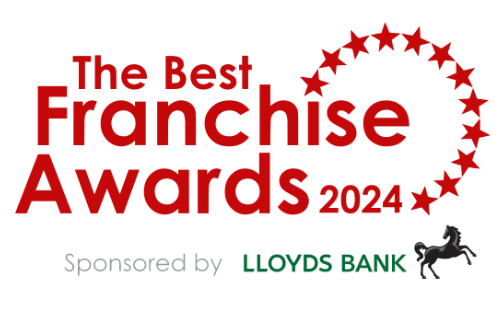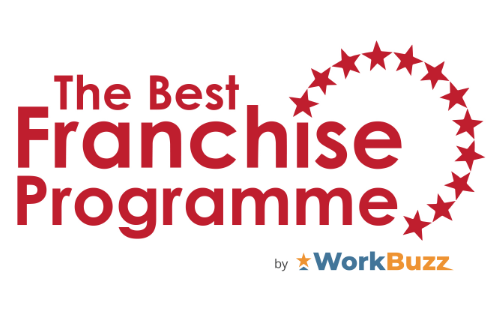People like talking about profits. How much they’re going to make or how much they’ve already made. Yes, this is hugely important because you don’t want to be running a loss-making business. However, what is even more important is if you have enough cash to pay your bills on time. Unfortunately, a simple fact of life that is businesses go bust when they run out of money.
Let’s assume a franchise supplies goods on 30 days credit and on a Friday afternoon they make a £30,000 sale for goods they bought for £15,000. They dispatch the goods and raise an invoice. Therefore they can legitimately claim to have made a profit.”
However, if on the Monday morning they need to pay the VAT bill or perhaps their wages and they don’t have enough cash in the bank to do so, they are in big trouble. Yes, they’ve made a profit but it’s having a sufficient amount of cash or working capital that really matters.
In reality it’s all about timing. For example, a franchisor’s website might state that a franchisee should be able to make a profit in their first year of £30,000 and that the startup costs are £20,000. You could therefore be forgiven for thinking that if you have £20,000 to invest and you’re going to make a profit by the end of the year that success is only just around the corner.
The reality is that without some sensible planning and checking to see how much cash or working capital is needed over and above the £20,000 startup costs, this is simply a car crash waiting to happen. The likelihood is that sales will initially start off low because it will take some time for the business to establish itself.”
However, the overheads – things like salaries and rent – will probably be consistently high from month one. This means the business will probably be loss-making initially and need additional cash to sustain it through and into the profitable months in the latter part of the year. This additional cash is known as working capital. But how much will you actually need? The only way of knowing is to produce a monthly projected P&L account, a monthly cashflow forecast and an end of year projected balance sheet.”
This is quite a complicated but necessary process and deserves some care and attention because it’s crucial to the success of your business. Please do not leave it to chance. Do ask for help from your accountant, franchisor or business consultant – like us – and remember the old saying: turnover is vanity, profit is sanity but cash is the reality.”

Chris Roberts
Chris Roberts is the co-founder of Franchise Finance, the franchise consultancy with a specialism in all things finance. A regular on the training and speaker circuit, Chris draws on career in banking and his knowledge of franchising to helps clients with everything from how to prepare a business plan to the ins and outs of finding investment.

Chris Roberts
Chris Roberts is the co-founder of Franchise Finance, the franchise consultancy with a specialism in all things finance. A regular on the training and speaker circuit, Chris draws on career in banking and his knowledge of franchising to helps clients with everything from how to prepare a business plan to the ins and outs of finding investment.
